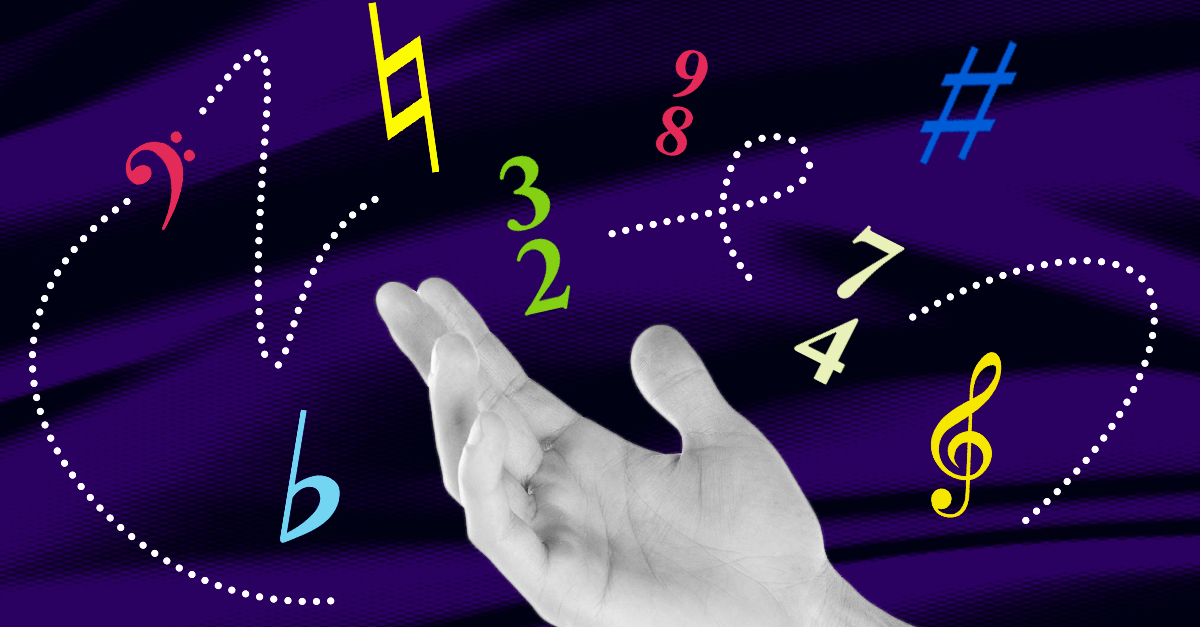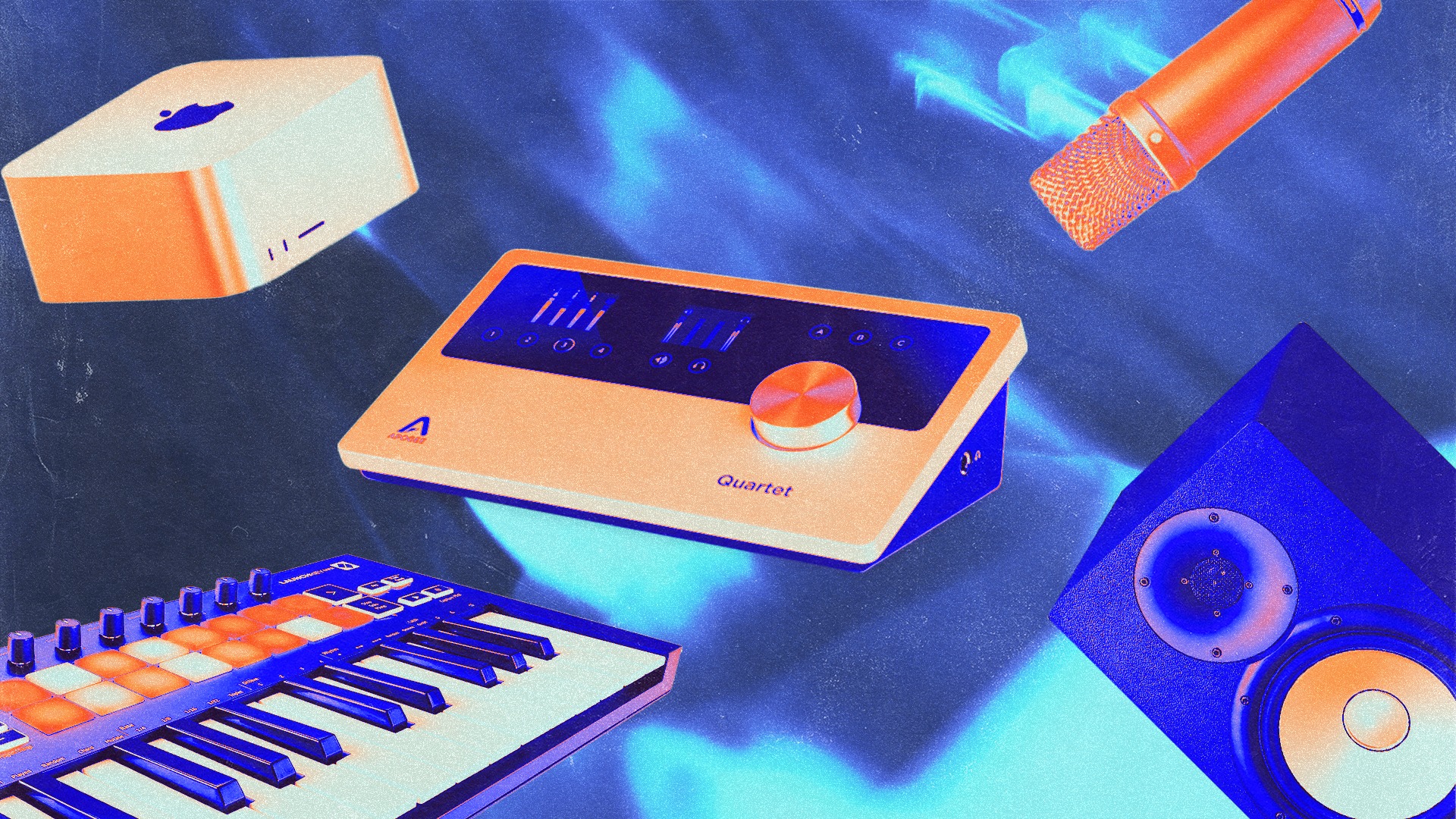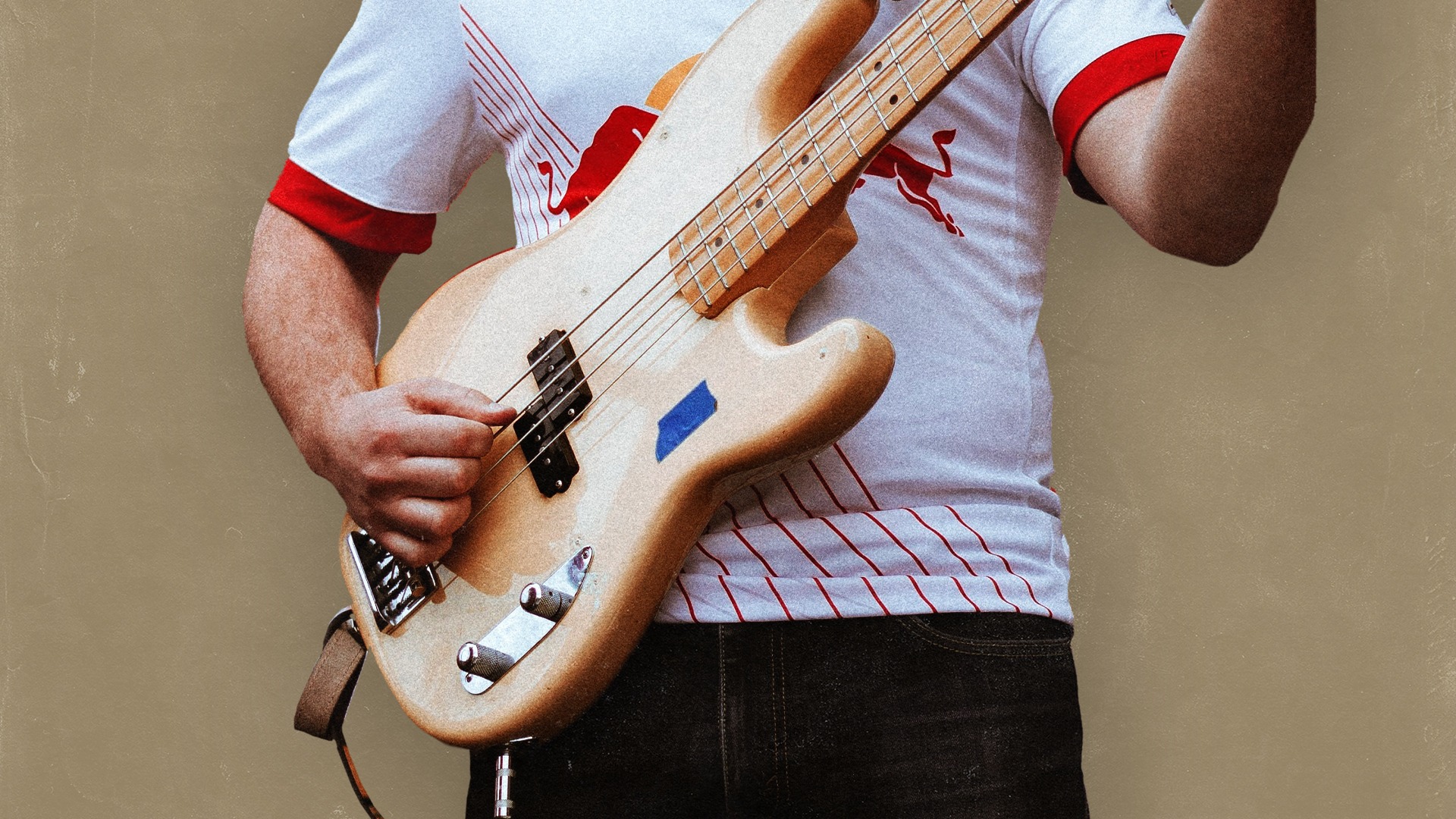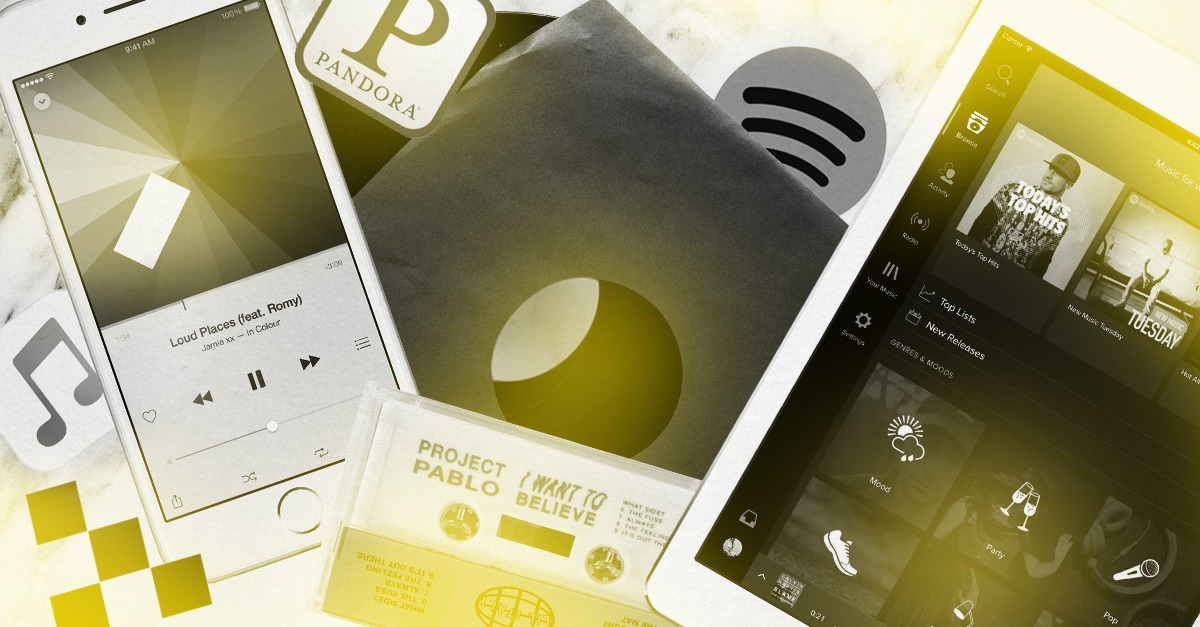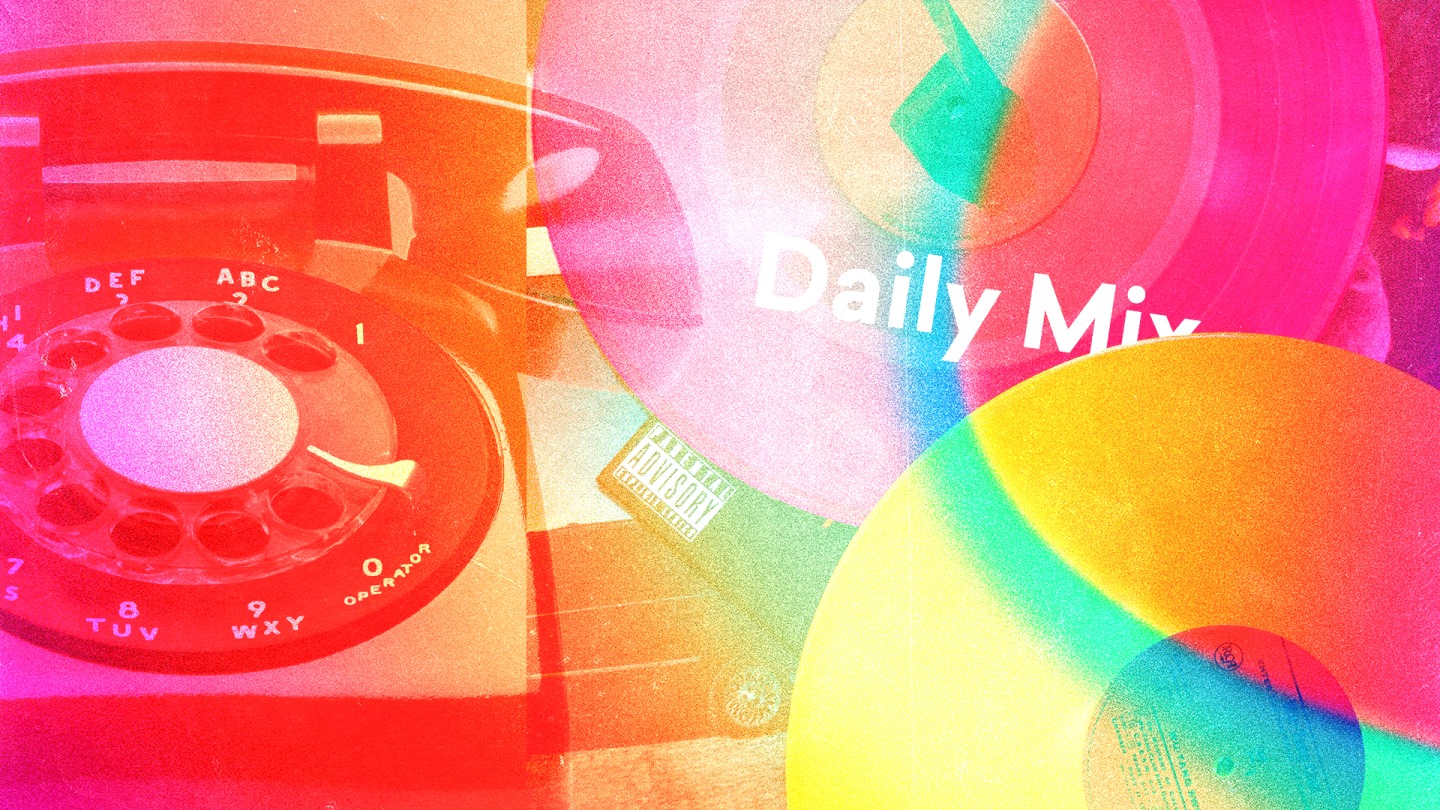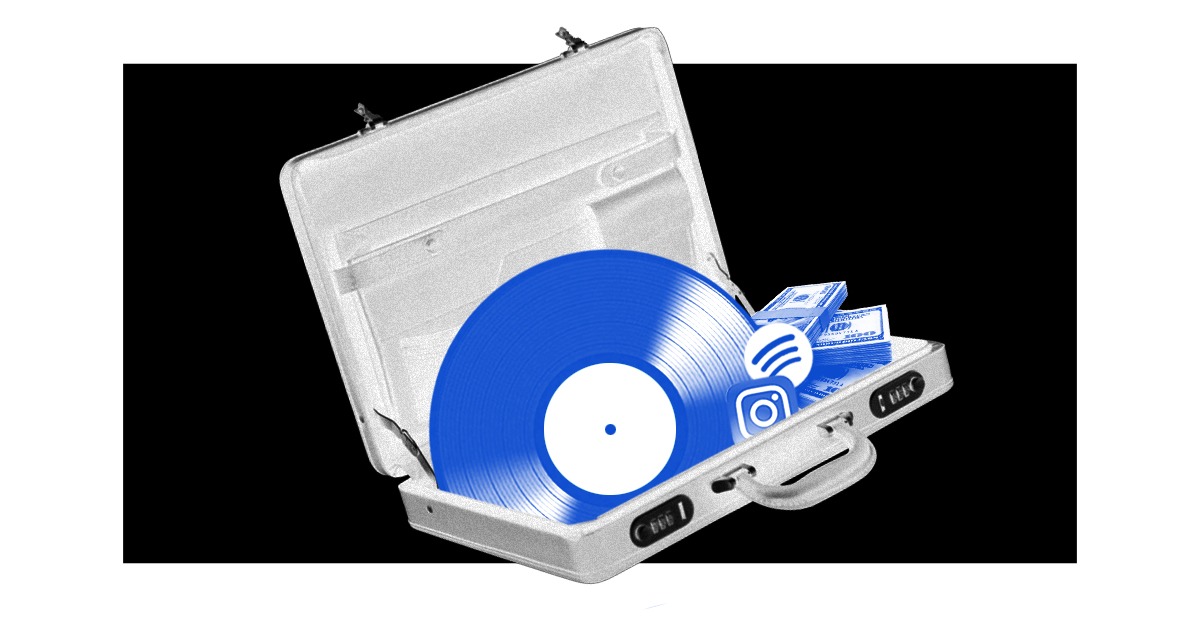
How to Make Music: The Complete Guide To Getting Started
Learning how to make music is how you move forward with your creativity.
But beginning a new creative discipline can be terrifying. It’s intimidating, lonely and there’s so much to learn.
Even so, the payoff is huge. Music is one of the richest ways to be creative and express yourself artistically.
Feeling ready to start is about having the confidence and the right tools to embark.
In this guide I’ll show you everything a modern musician needs to learn how to create music.
A lot has to happen for a song to develop from idea to finished release. We’ll go through all of the steps in detail and link to resources that will help you master them.
Each stage in the process is laid out in order, but you can use the menu bar to navigate to any section right away.
1. Songwriting
The first spark of an idea can become a finished track that rules the airwaves. But it has to turn into a song first.
Songwriting is the basic material of music creation. The term might sound old-fashioned, but it’s broader than you might think.
Songwriting encompasses everything from lyrics to chord progressions to the rhythmic essence provided by drums.
Some elements are more important to certain musical styles than others.
The verse-chorus structure is essential to pop music, and the chorus is often repeated several times to make it easy to sing along.
The breakbeat, a type of drum break that’s sampled and looped, features heavily in hip-hop and related genres. And any rock musician knows that the bassline is the foundation of how to make good music.
No matter what style of music you want to create, your song will have a rhythm, melody and harmony. Most songs also have a certain structure, including a verse, chorus and bridge.
In the modern music era, every music creator is a songwriter. That means every musician and producer can benefit from learning the tools and techniques of songwriting—especially when you’re just getting started.
Whether you’re searching for a new source of inspiration or you just want to write your first song, LANDR’s songwriting resources will get you started creating music as fast as possible.
2. Music Basics
You don’t need to know music theory to learn to make music. But it does help!
Music theory is the structure that explains how the songs you love work. That’s invaluable information that can bring you closer to realizing your creative vision.
Your basic musical intuition as a music listener is worth a lot. A good place to start is to simply listen to your favorite songs with an analytical ear. Once you dive in you might be surprised by how much you already know.
Notes, chords, scales and rhythm are all rudiments of music theory that you can feel in any song. All of these elements interact to create a musically pleasing sequence—one that “speaks” for the artist and brings out emotion in the listener.
Developing your knowledge of music theory is how you build on that intuition and turn it into your own unique style.
Taking the fundamentals of songwriting and using them to understand music theory concepts brings the process full circle.
There’s no better way to eliminate writer’s block and discover how to start making music than understanding new techniques.
All that makes music theory an essential part of any musician’s development.
A good music guide, like LANDR’s no-nonsense tutorials, will take you through music theory essentials in simple, logical steps.
Learn the basics and build on them—while staying focused on creativity and making music fast. Remember, the best way to learn how to make music is to listen carefully and experiment.
3. Home Studio
Creating your own home studio is one of the most exciting parts of being a musician. It’s the place where your inspiration and your workflow meet and your tracks take shape.
Making music with digital tools has never been easier or more accessible. That means it’s not expensive or complicated to set up the equipment that will let you create your musical vision.
So, what do you need to make music? Home studios come in all shapes and sizes—they can be as luxurious or minimal as you want. There’s so much room for individual expression when it comes to your setup too.
The software, instruments and hardware you choose say a lot about your personal workflow as a musician. It also depends on the type of music you want to play.
Some musicians learn how to make music directly on their computers, some play live instruments—and some do a mix of both.
One thing you will need for creating music at home is a digital audio workstation (DAW). Even if you improvise on your instrument or create patterns in a sequencer to create your song, a DAW lets you edit and mix your tracks it so everything sounds good together.
If you do want to record vocals or live instruments, you’ll also need an audio interface, which translates the analog signals they produce into digital signals that your DAW can read.
To help you make sense of it all we’ve compiled the ultimate guide to every important piece of gear you could think of adding to your home studio.
From the core essentials to the inspiring gear that gives your tracks a personal touch, our roundups can help you get the right gear.
4. Music Production
Music production is what turns song ideas into satisfying recordings you can stream on a digital distribution platform.
It’s such a broad stage in the development of a track that it covers many almost every part of creating a song.
I’m talking about fundamentals like recording, sound design, synthesis and beat making. If your workflow includes any of these—you’re a music producer.
Your individual producer style will depend on how you like to work and the type of music you want to make.
Singer songwriters might record a song live, then put the finishing touches on it in the production stage. Electronic music producers, on the other hand, often create an entire song using only digital equipment and hardware synths.
You can produce music entirely within a DAW, or you can add other equipment like drum machines, effects pedals, synths and live instruments into the mix.
For beginners, learning how to produce music starts with a few common elements that everyone should know. Our comprehensive overview of the most popular ways to produce music digitally will help you get a feel for which direction to take as your music takes shape.
Whether you’re a budding music producer, a hip-hop MPC whisperer, or an indie shoegazer—here’s some resources that will help you learn how to start making music at home.
5. Mixing music
Mixing music is how you take each element in your track and blend them together to create a satisfying tapestry of sound.
Music has layers: drums, bass, melodies and vocals. To mix them together, producers use equalization (EQ), which balances the frequencies, dynamic range compression, which evens out the volume, and reverb, which creates ambiance.
Mixing is practically its own art form. It’s the part of the process that many producers are the most excited about.
In the past, mixing was reserved for skilled professionals surrounded by enormous racks of gear. Not anymore. With today’s tools you can get great results from mixing your own music.
In our digital age, it’s critical to learn how to make music with an understanding of mixing. There’s a lot to learn. So remember, becoming a great mixing engineer can take time.
Learning to mix is one of the most worthwhile skills you can acquire in music. And creating a compelling mix that presents your song in a great light is an attainable goal for everyone.
A good mix makes a huge difference to your listeners. The polished, balanced sound of a pro recording is how your track can hold its own against other songs in your listeners’ libraries.
Our in-depth material on mixing takes on every technique you need to know to mix your own song well.
From the fundamentals to the finer points, there’s a wealth of information here to get you started with one of the most enjoyable phases in the life cycle of a song.
6. Mastering
Mastering is where everything you’ve done so far comes together.
After you’re done mixing, you’ll have what’s called your “mixdown.” Mastering is the step in the process where your mixdown gets the final finish it needs to fit in alongside other competing tracks in your listeners’ libraries.
Mastering shares some techniques with mixing, like equalization and compression, but instead it focuses on the entirety of your track or album by optimizing loudness and sound for commercial uses.
The idea behind mastering is to make sure your music sounds good on any sound medium—from your earbuds, to your car stereo, to a Bluetooth speaker and beyond.
This is the most technical and complicated part of creating music. That’s why we invented the first ever mastering AI—to make mastering easy, instant and great-sounding for any material.
With LANDR, mastering is as simple as it’s ever been. But there’s still a handful of important things to learn about this sometimes mysterious part of music production.
If you understand the basics of mastering you can get a better final product by applying key techniques during your mix.
Our mastering guide takes you through everything you need to know to do that. We demystify this complicated topic and keep the focus locked on how it helps you and your music.
7. Distribution
With your master in hand, your song needs a way to make it out into the world. If you want to know how to get started in music, distribution is a big part of the answer.
Now more than ever, music is digital. It lives on streaming platforms and gets heard on every kind of device you can imagine—from phones to home assistants.
To get your music on a streaming platform like Spotify, Deezer or Apple Music, you need digital distribution.
Distribution takes care of all the technical details of hosting your music in the marketplace. That includes getting you paid for streams and plays.
We put together the complete guide to distributing your music online.
From album artwork to metadata, here’s all the most important information.
8. Music Promotion
Learning how to make music at home is one thing, but if you want to build your following and even earn money from your music, making your songs available on streaming services is only half the battle.
Once it’s online you have to spread the word and get people listening. That’s where music promotion comes in.
Promoting your music is how you raise awareness and grow your following as a musician. It’s an essential part of the life cycle of a song.
Music promotion isn’t easy, but the basics are accessible even for those who are just getting started.
The sooner you start thinking about promotion the better. Many musicians start their music promotion until the last second—and by then it may already be too late.
Even if it sounds tough, the payoff to starting your promotion early is huge. Connecting with bigger audiences and gaining exposure is how you move forward as an artist.
LANDR’s music promotion knowledge base can give you the tools and confidence to promote your music effectively online and in the real world.
From building a release calendar to reaching out for music press here are our best music promotion tips.
Start making songs
Getting started is the hardest part of any new venture. It’s especially true if you’re diving into a completely new art form.
But music is one of the most accessible ways to be creative and express yourself artistically.
LANDR offers tons of resources to get started making the music you dream of creating. Sign up for free to see what we’re all about.
Gear guides, tips, tutorials, inspiration and more—delivered weekly.
Keep up with the LANDR Blog.




